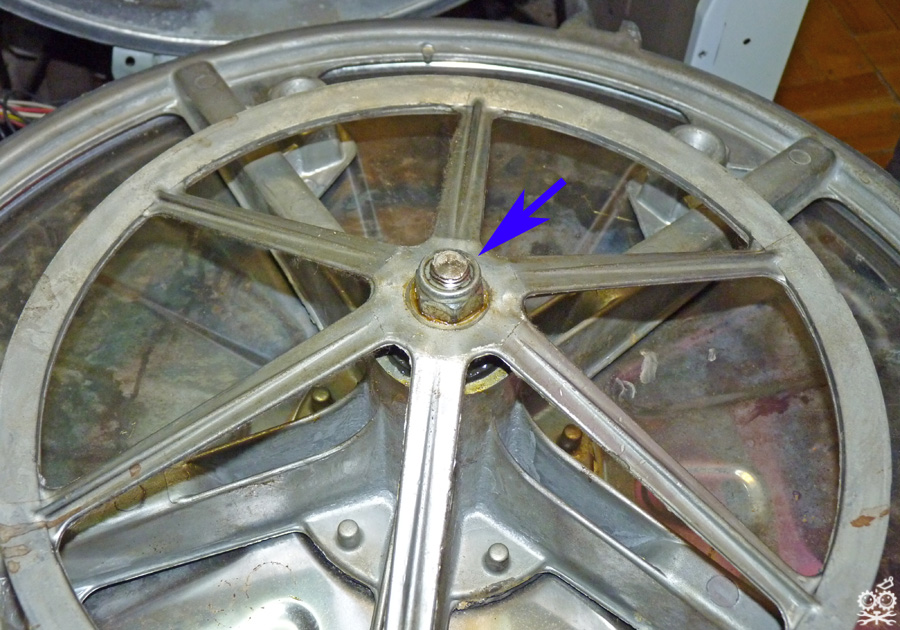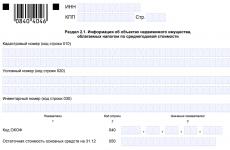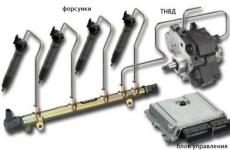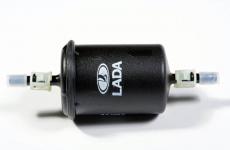The washing machine is noisy, buzzing, rattling, whistling. The washing motor does not work
Depending on what problem arose with the operation of the electric motor, it may be possible to fix it or it will have to be replaced.
The electric motor is humming when turned on, but the drum does not rotate. Faulty engine. Let's stop on the basic malfunctions of the leading electric motors which the user of the washing machine can face. The most common problem is the ingress of water into one of the rotor bearings. This problem will make itself felt by noise when the drum rotates in spin mode, and it is also possible that the bearing is jammed and the drum rotates.
Wear or damage to the collector lamellae can also cause sparks, and subsequently failure of the engine. This happens because of engine overloads, when washing is performed one after another, without interruptions and overheating and accelerated, uneven wear of the lamellae occurs. In this case, if you rotate the rotor of the engine removed from the machine, the brushes will emit a characteristic “clatter” about the lamella. To eliminate the problem of heavy wear of the blades, it is recommended to replace the engine.
High or low speed of rotation of the drum in the washing mode. Faulty tachogenerator. Many users of automatic washing machines face such a problem as high speed of rotation of the drum in the washing mode, sometimes it may even seem that the drum rotates at the same speed during washing as it does during the spin cycle. It is clear that this is not correct. But how to find the reason for this behavior of the washing unit?
The fact that the washing machine needs repair is not difficult to know. The machine picks up water as usual and starts the washing cycle, but in the first minutes of the washing mode a sharp increase in the speed of rotation of the drum occurs, while a high rate of speed can be maintained throughout the wash. Although there are some moments when a large high-speed mode of washing is not observed at every wash, but this does not confirm the serviceability of the washing machine as a whole. This situation can only be changed with the help of repair. As a rule, the cause of spikes in the number of revolutions of the drum during washing is a tachogenerator, when a magnet is unwound, the contact is oxidized, or a power failure is observed. In the rarest of cases, the cause may be a control module.
If we talk about the possibilities of self-repair, it is quite possible provided that the user knows not only the design of the unit as a whole, but also can understand the specific reason for the failure. If everything is exactly the opposite, then the only correct solution is to call the master to the house. The advantages of calling a specialist are that the qualified master is very familiar with the design features of the washing unit, has all the tools needed for the repair and will provide high quality repair work, which is very important for every owner of automatic washing machines.
At first glance, a strange creaking, whistling in the washing machine appears without any reason. It just suddenly began to creak. This happens sometimes. Let's look at the reasons for which washer starts to creak
The reasons for the squeak in the washing machine
Creak fixing springs
Springs, fixing the position of the tank, may well be the source of whistles. Traction can rub on landing nests and produce a very unpleasant whistle. Finding whether this is the reason in fact, is quite simple: you need to remove the upper part of the washing machine. Start the washing program and during operation (when the creaking appears), strongly press the seat.
If the creaking is gone, then the problem is in the rods and springs. To eliminate the malfunction, it is necessary to lubricate the contact points with ordinary engine oil.
Stretched belt
If the machine is operated for a long time, the drive belt may be worn or stretched. In this case, the belt scrolls, creating a very unpleasant whistle. To eliminate the fault, you must tighten the belt, or replace it with a new one.

Call the master, he will fix this problem in just an hour, and will arrive at a convenient time for you!
Things got between the tank and the drum
Sometimes it happens that small things during washing fall under the drum of the washing machine. They are sandwiched between the tank and the drum and make very unpleasant sounds during the wash. To eliminate the problem, it is necessary to remove the washing machine, and pull the item that has got there through the hole that has formed.
Shaft mount loose
With prolonged use of the washing machine are often weakened mounting drum shaft. The drum itself begins to play and squeak from contact with the internal parts. In this case, you just need to tighten the locking elements of the drum shaft of the washing machine.

The tank is in contact with the walls
Approximately in 5-7% of cases of whistling of the washing machine the tank adjoins to the walls of the case. In this case it is necessary to check all the tank clamps, springs, shock absorbers. It is possible that due to the failure of any of these elements, your washing machine starts whistling wildly.
Manhole cuff dirty
In rare cases (especially in washing machines i) it happens that small particles of erasable things fall on the cuff of the hatch of the washing machine and remain there. Over time, the amount accumulates and whistles may appear during washing.

Therefore, it is necessary to regularly clean the cuff, remove all deposits. Be sure to pay attention to the gaps. It is possible that the cuff is already worn out and needs to be replaced.
Body mounts loose
All parts of the case of the washing machine are interconnected with screws or other fixing elements. If the washing machine is long and constantly in use, or you have low-quality connections from the factory, then friction may periodically occur between the parts of the body. It, in turn, causes creaking when spinning or washing.
To solve the problem it is necessary to tightly fix all the connecting screws. In especially neglected cases, it is necessary to replace all the mounting screws.
If the washing machine is noisy, buzzing, rattling, whistling or making a sound that is not peculiar to it, then for this there are reasons that should be eliminated. Do not try to fix the problem yourself. Contact a specialist in repairing washing machines in your city.
Noises can occur during certain periods of machine operation:
- During the period of spinning underwear, and they increase from time to time;
- During the washing period there is a rattle or other extraneous noise.

The reasons for the appearance of extraneous sounds during the period of push-ups of linen can be the following:
- bearings collapsed;
- Loose drum pulley fasteners;
- A foreign body appeared between the drum and the tank;
- Fastener balances weakened.
Car repair for noise removal
If the washing machine is noisy, buzzing, rattling, whistling, then the repair work can be divided into several stages.

Power outage
The washing machine should first be de-energized.

Bearing Inspection
If there is an assumption in the washing machine that there is a problem with the bearings, then this can be determined by its operation. When spinning the laundry, the car makes a sound that resembles the sound of a plane taking off, whistling and a strong hum are heard. To determine that the cause is in the bearing, the drum should be taken over the edge and not strongly pressed on it, while rotating the drum to the left and right alternately. If there is some difficulty and discontinuity in rotation, then the bearing is subject to repair. If it rotates without difficulty, then the reason lies elsewhere.
The bearing sometimes leads to the non-operating state of the gland of the tank, which acts as a sealing shaft. If the gland is damaged, the water is on the bearing, with time it appears rust and it does not perform its functions. Water is painted in red color and flows down the back wall of the tank.
In order to inspect the back of the tank, you must unscrew the back wall in the car. If you visually see that rusty water streams are flowing out of the bearing, then it should be changed. Replaced also gland. If this is not done in a timely manner and continue to erase from time to time, then in the future it will entail the breaking of the sleeve and shaft. This will lead to more costly repairs.
Pulley mount
When washing and while pressing clothes, sounds may appear in the form of intermittent clicks. This indicates that you need to look at the drum pulley. He, in the period of long-term operation, can acquire a free wheeling as a result of loosening fasteners, in which the bolt can be loose or the nut loosen. This freedom of movement and creates distinctive clicks.
The bolt and nut, in case of their loosening, should be removed from the fastener, smeared with sealant and screwed into place. The sealant will prevent the subsequent loosening of fasteners.

Foreign body in the tank
The ingress of small objects between the drum and the tank is a consequence of the emergence of a rattle during washing. Buttons, coins, small pieces of clothing can act as such a provocateur. In order to remove them, you must first loosen the fasteners TENA. Then remove the item. Before installing the heater in its place, its rubber seal is wetted with a liquid detergent.
Counterweights loosened
In order for the tank to be stable when squeezing the laundry, counterweights are attached to it. They are weighty and located on opposite sides of the barrel. They are attached to the tank with bolts or screws. If the fastener weakens, then the counterweights fight on the surface of the tank, create noise and can destroy it.
In order to check the status of fasteners balances, you need to equip a lantern. Feeling method to check the status of fasteners. If they got loose, then spin. In the event that the counterweights were destroyed, they are replaced with new ones.






